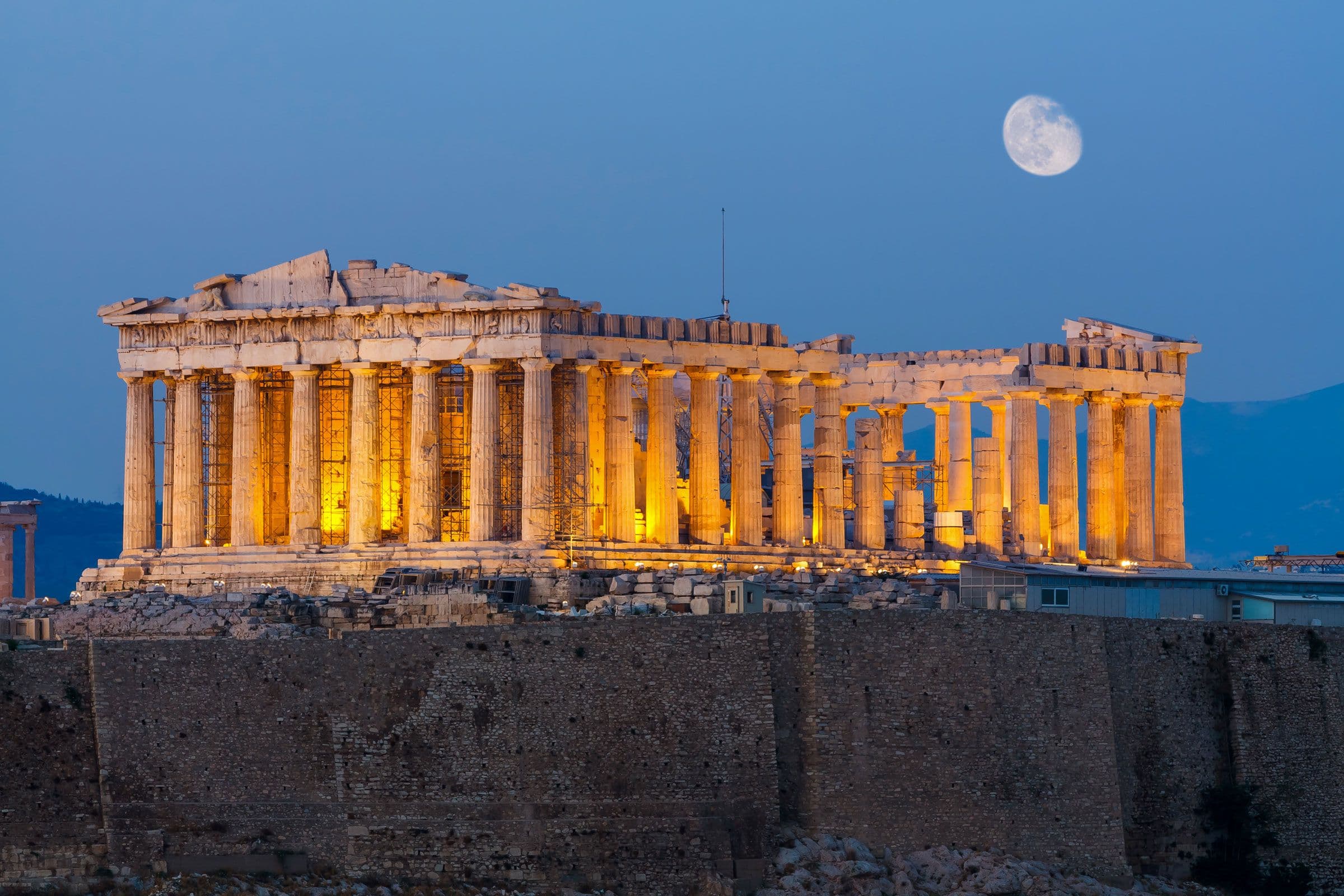Deislamization of Churches in Greece
When Greece became independent from the Ottoman Empire in 1830, and as Greece expanded over the next century, the long task of reverting mosques into churches.
Here are some of the reverted churches:
Agios Demetrios church in Thessaloniki, constructed in the early 4th century AD, became a mosque in 1493 but was finally reconsecrated into a church in 1949.
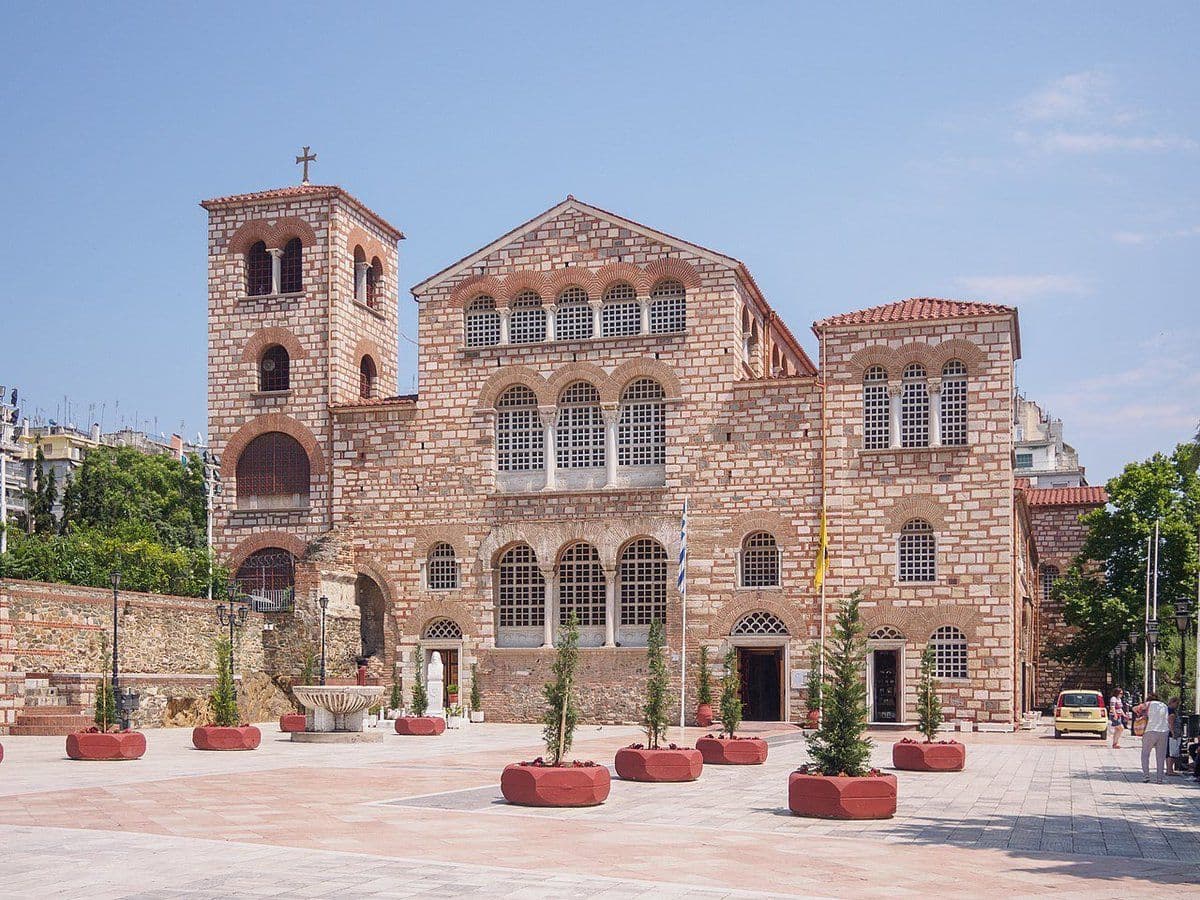
Hagia Sophia Church in Monemvasia dates to about 1150 but turned into a mosque in 1715. Repair works to turn it into a church again began in 1827.
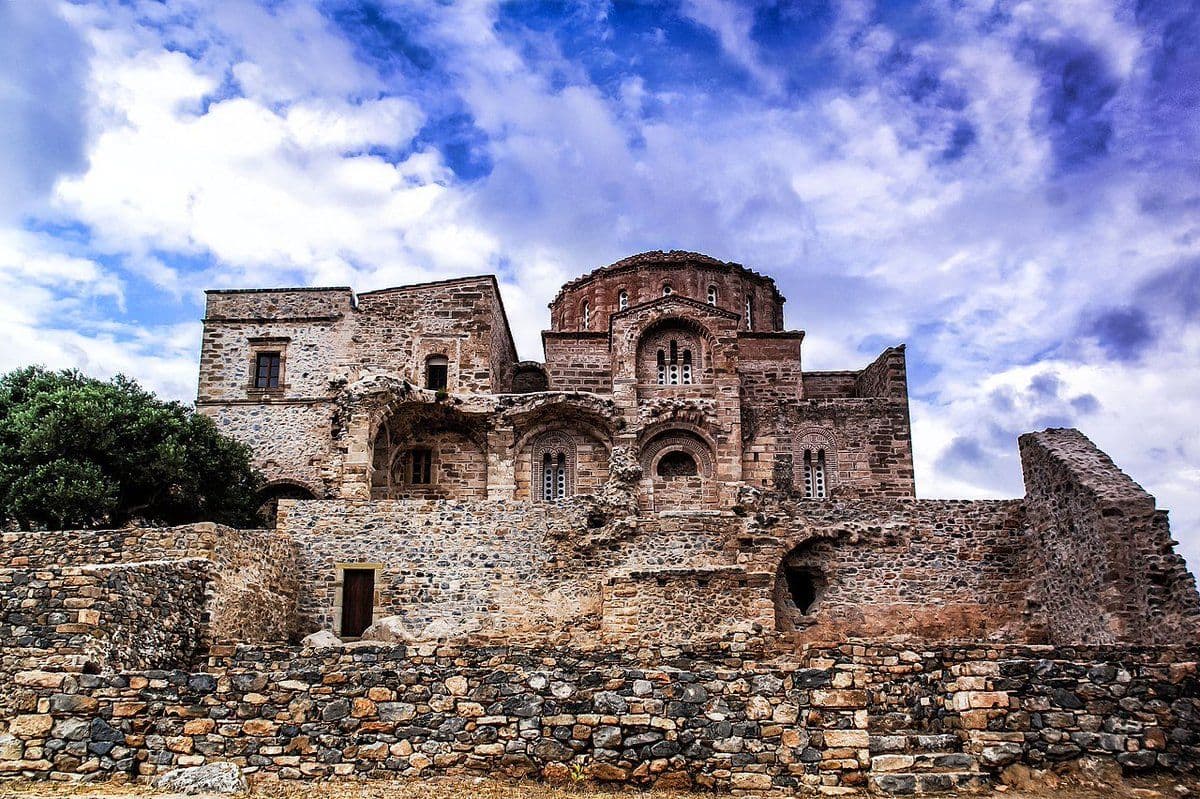
Hagia Sophia in Mystras was constructed in the 1300’s, was converted into a mosque at an undisclosed date during the Ottoman occupation (from the 1400’s onwards, unntil being converted into a church almost immediately after Greece’s independence in 1830.
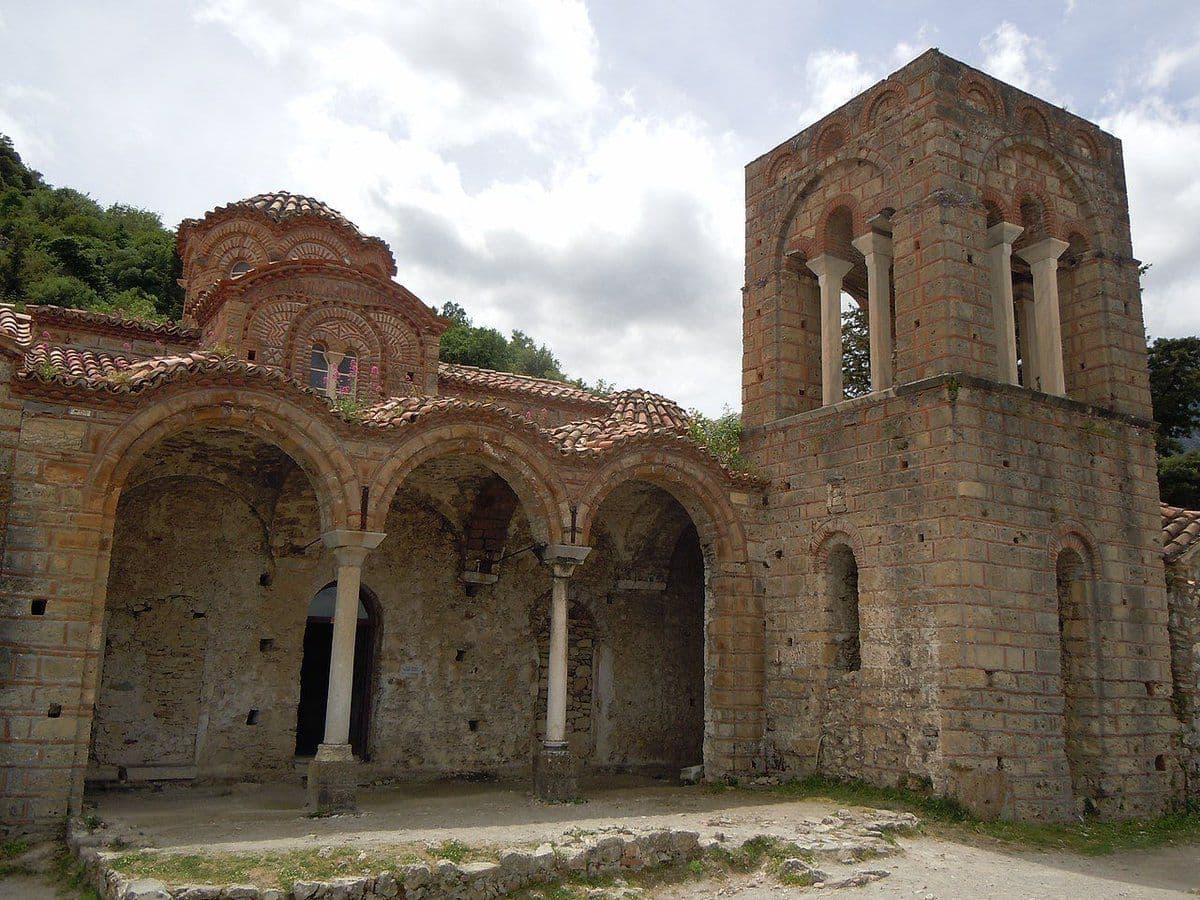
Agios Spyridon church in Rhodes was constructed in the 1200’s, turned into a mosque after the Ottomans captured the island in 1522, but turned back into a church after the Ottomans were booted. The minaret still survives.
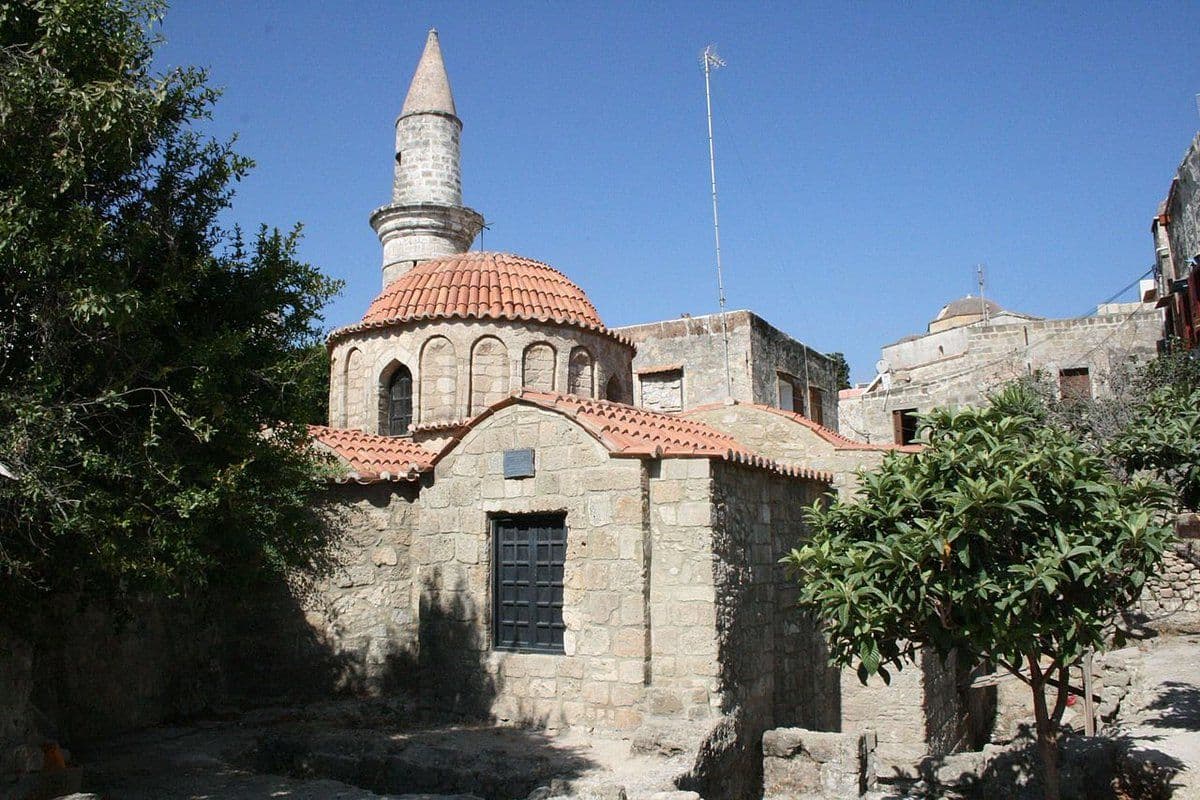
Church of Panagia Chalkeon in Thessaloniki was constructed in 1028, became a mosque after the Ottomans captured the city in 1430, but was restored in 1934.
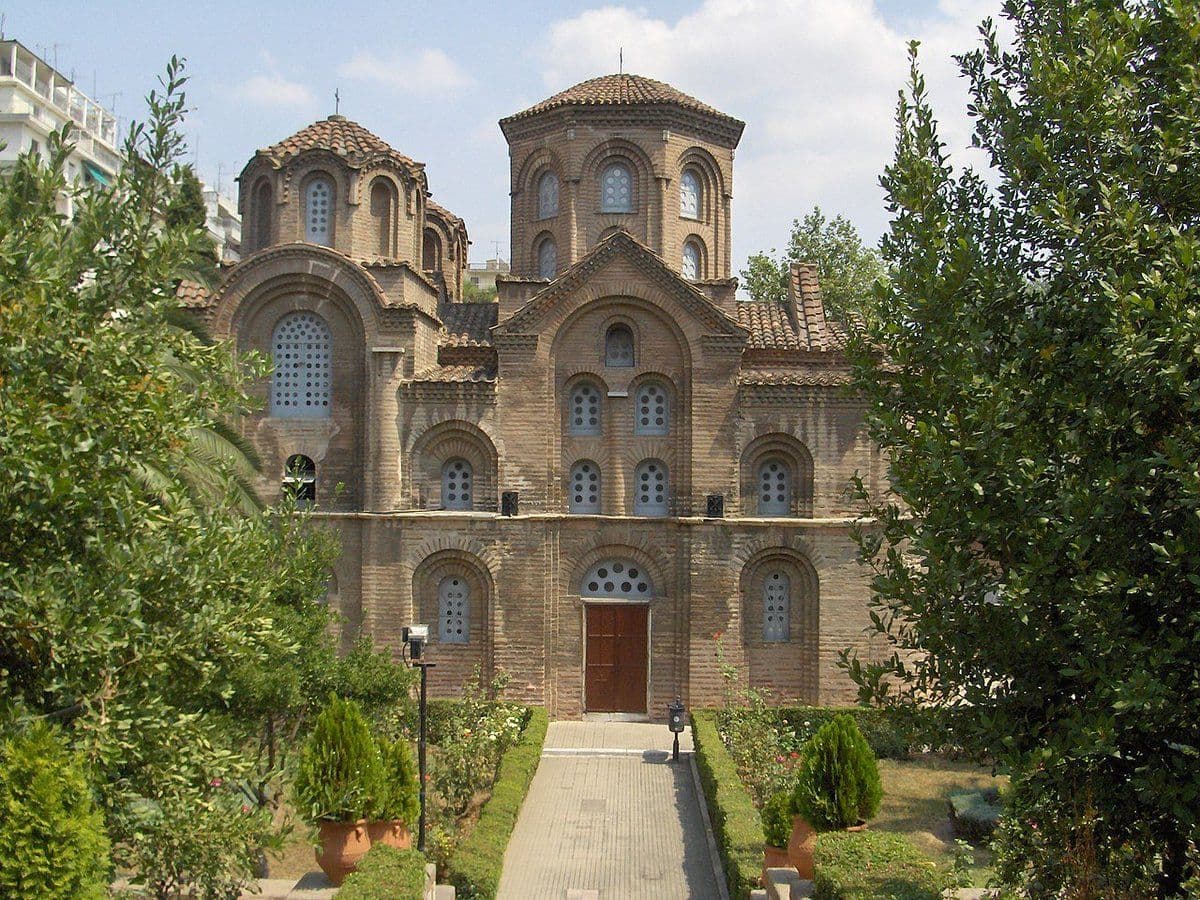
Holy Trinity church in Rhodes was built between 1365 and 1374 as a Catholic church, converted into a mosque under the name Khan Zade Mescidi by the Ottomans, then turned into an Orthodox church when the island was annexed by Greece after World War II.
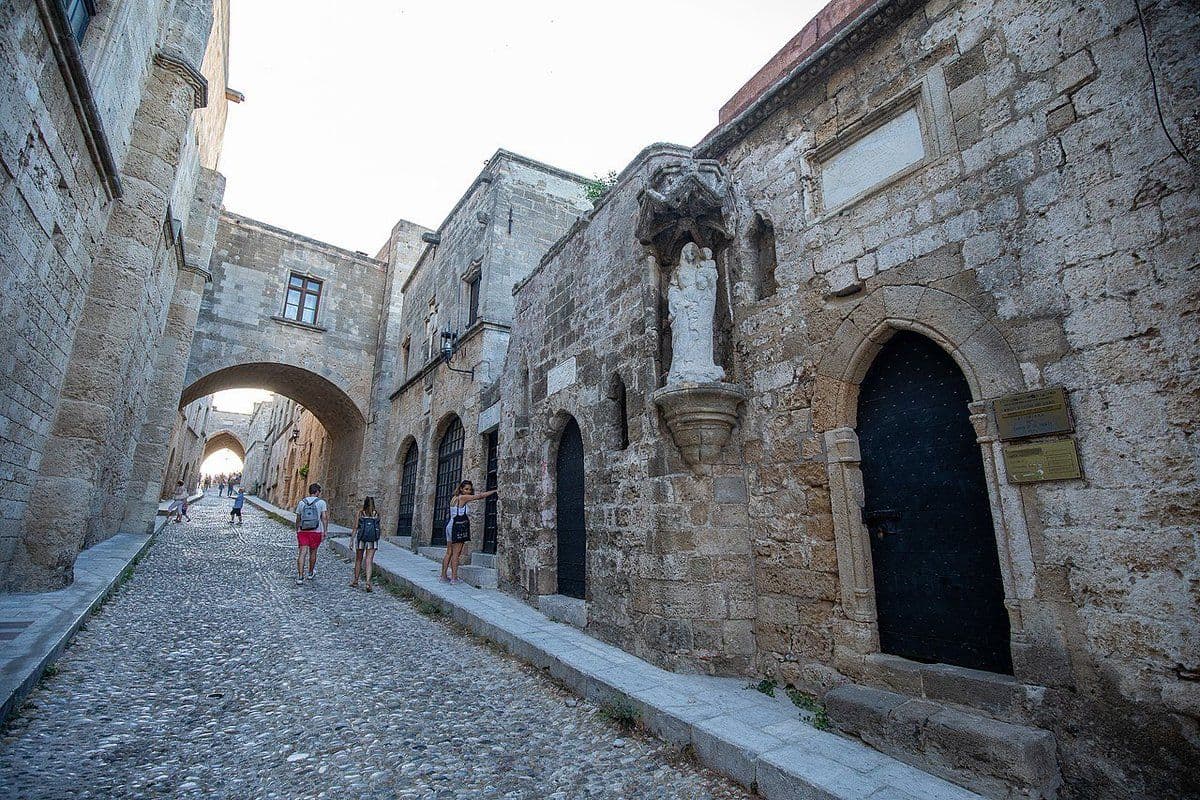
The Church of Prophet Elijah in Thessaloniki was constructed in the 1300s, turned into a mosque immediately after the Ottomans captured the city in 1430, and restored again after liberation in the early 1900s.
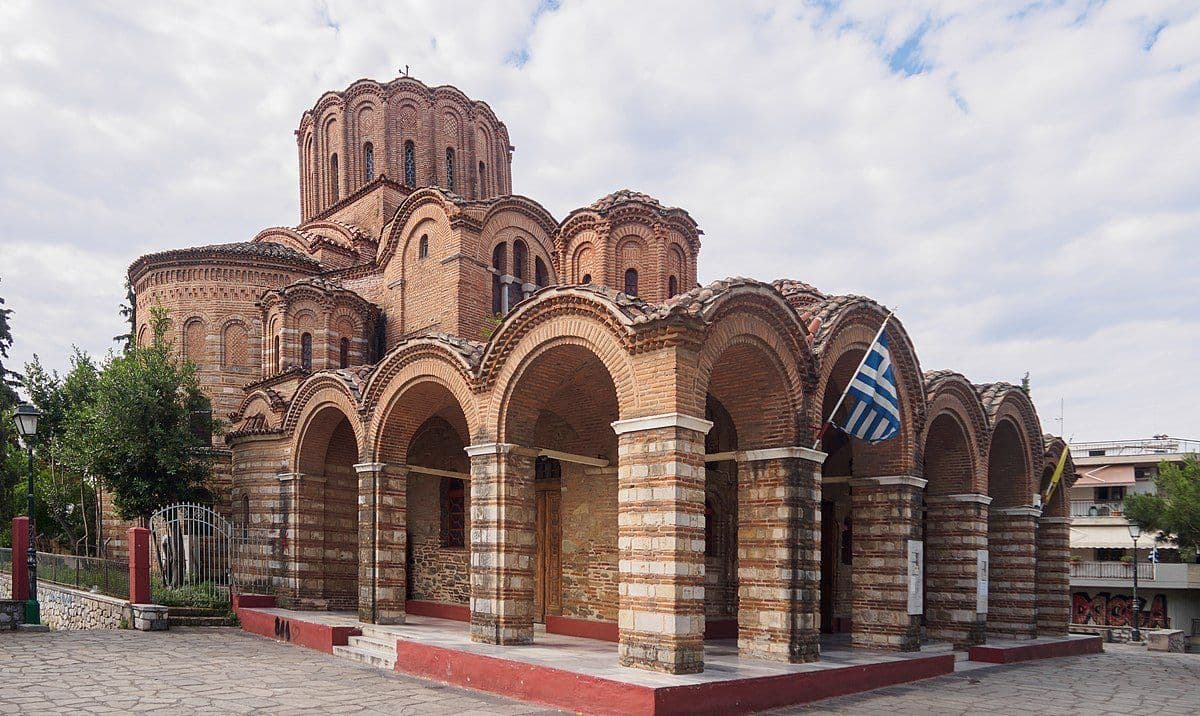
Church of Saint Nicholas in Chania was originally a Catholic church built at around 1320, converted into a mosque during Ottoman occupation, and in 1918 was turned into an Orthodox Church.
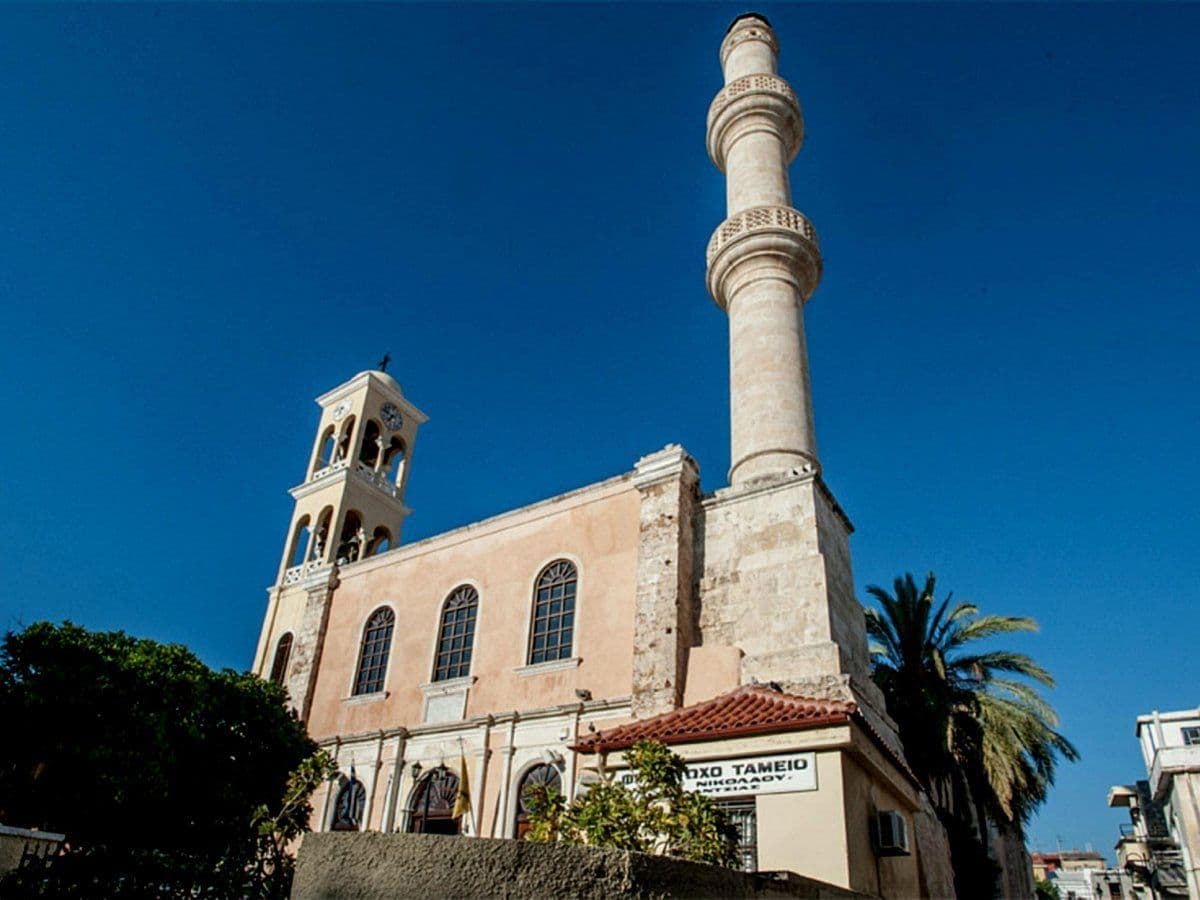
Panagia tou Kastrou in Rhodes was constructed in about the 1000’s, was converted into a mosque when the Ottomans captured the island in 1522, and converted back into a Christian church when the Italians held Rhodes in 1912.
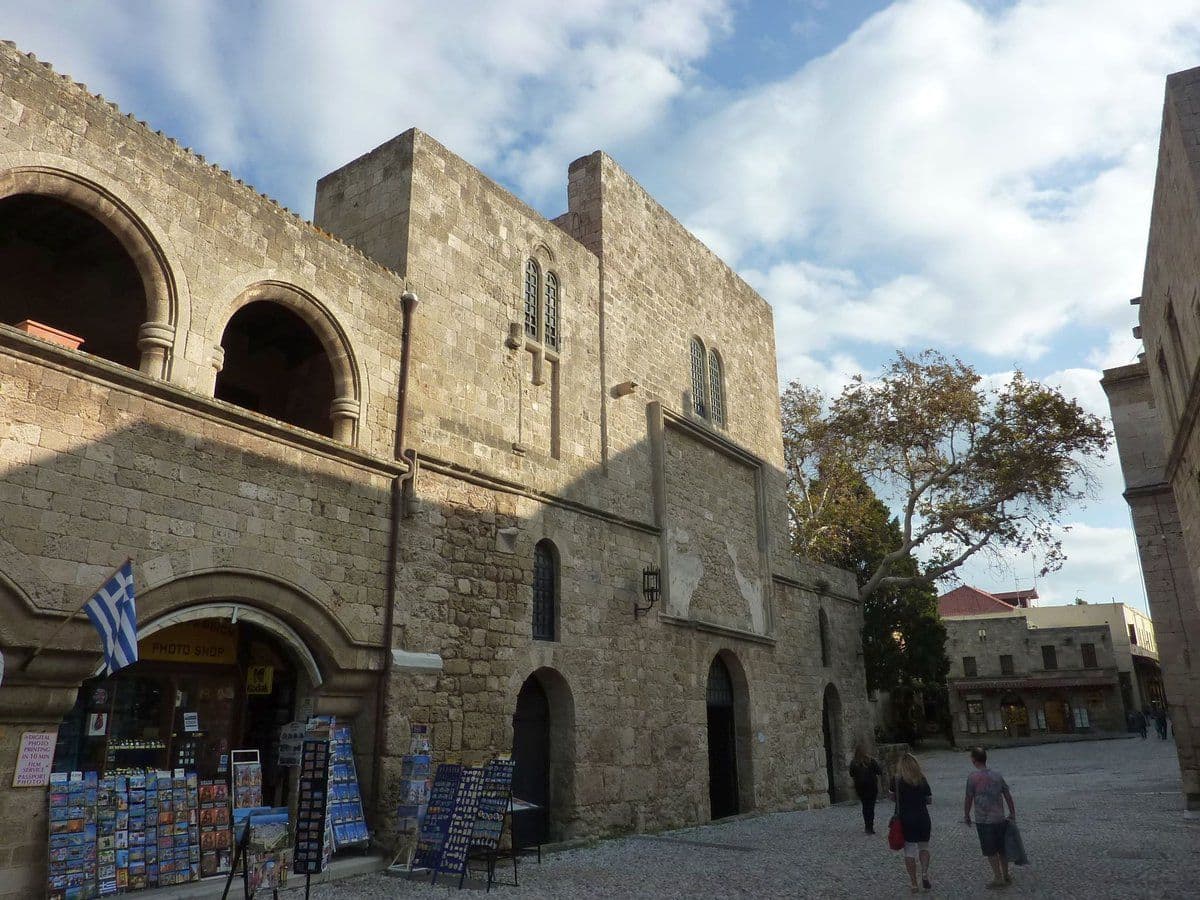
Pammegistoi Taxiarches church in Thessaloniki was built in the 1300’s, became a mosque when the Ottomans captured the city in 1430, and became a church again in 1912.
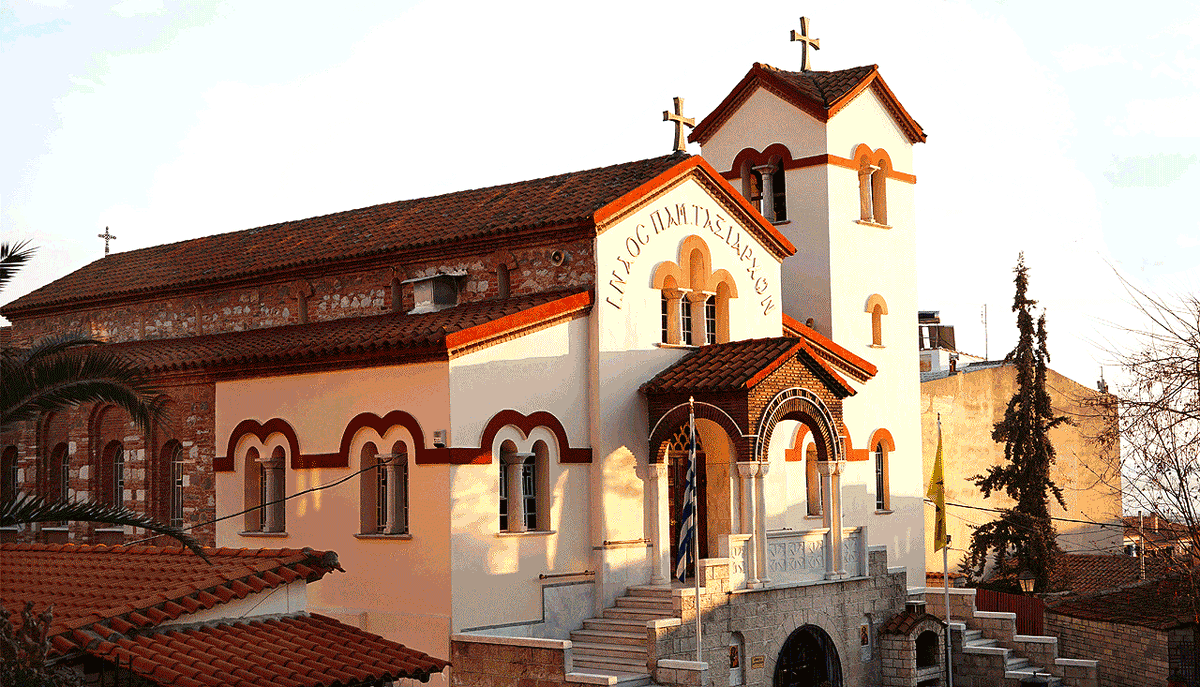
Church of Saint Catherine in Thessaloniki was constructed in the 13th or 14th century, converted to a mosque by Yakup Pasha in the reign of the Ottoman sultan Bayezid II (r. 1481–1512) and named after him Yakup Pasha Mosque, and was restored to a church after Thessaloniki was liberated in 1912.
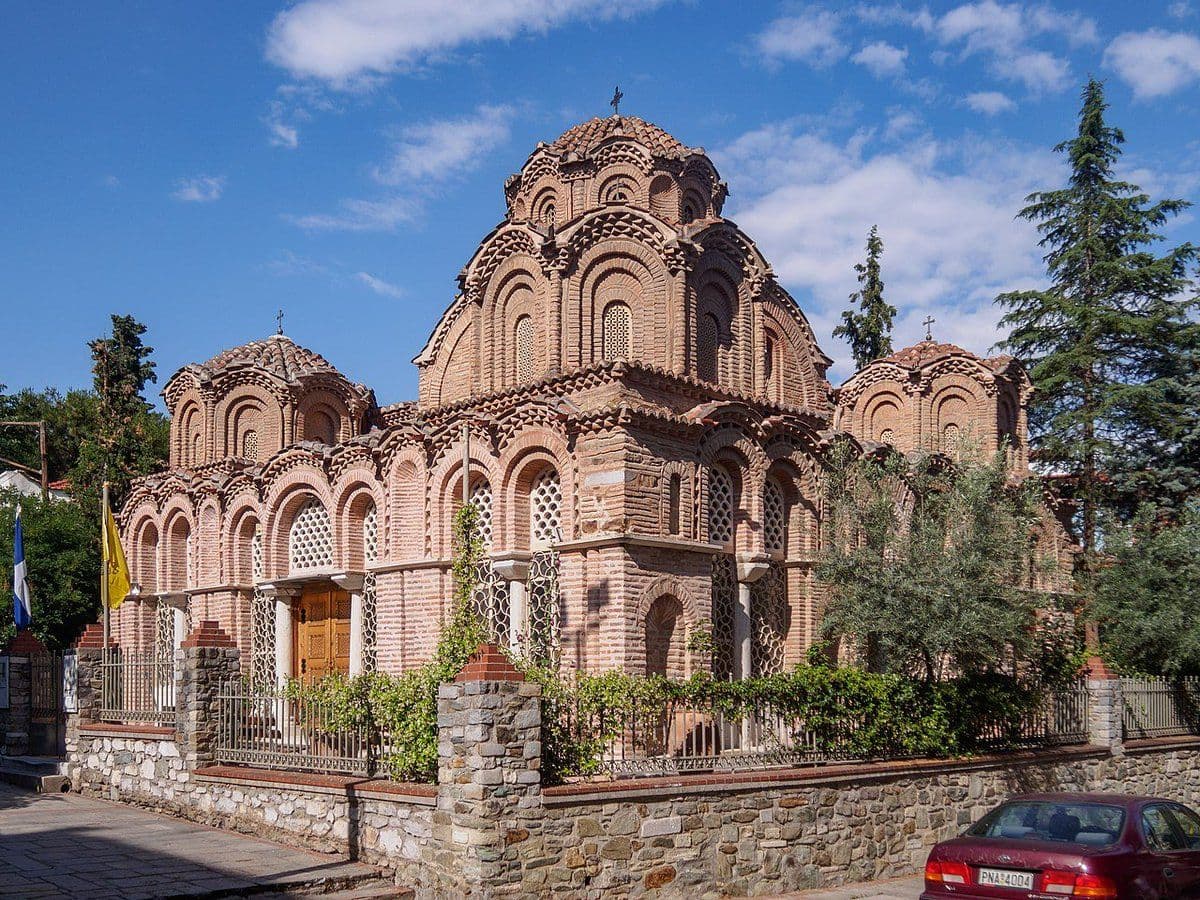
The Church of Hagia Sophia in Drama was constructed in the 10th-century, converted by the Ottomans into a mosque named Bey Camii in 1430, and turned back into a church when Drama was liberated in 1913.
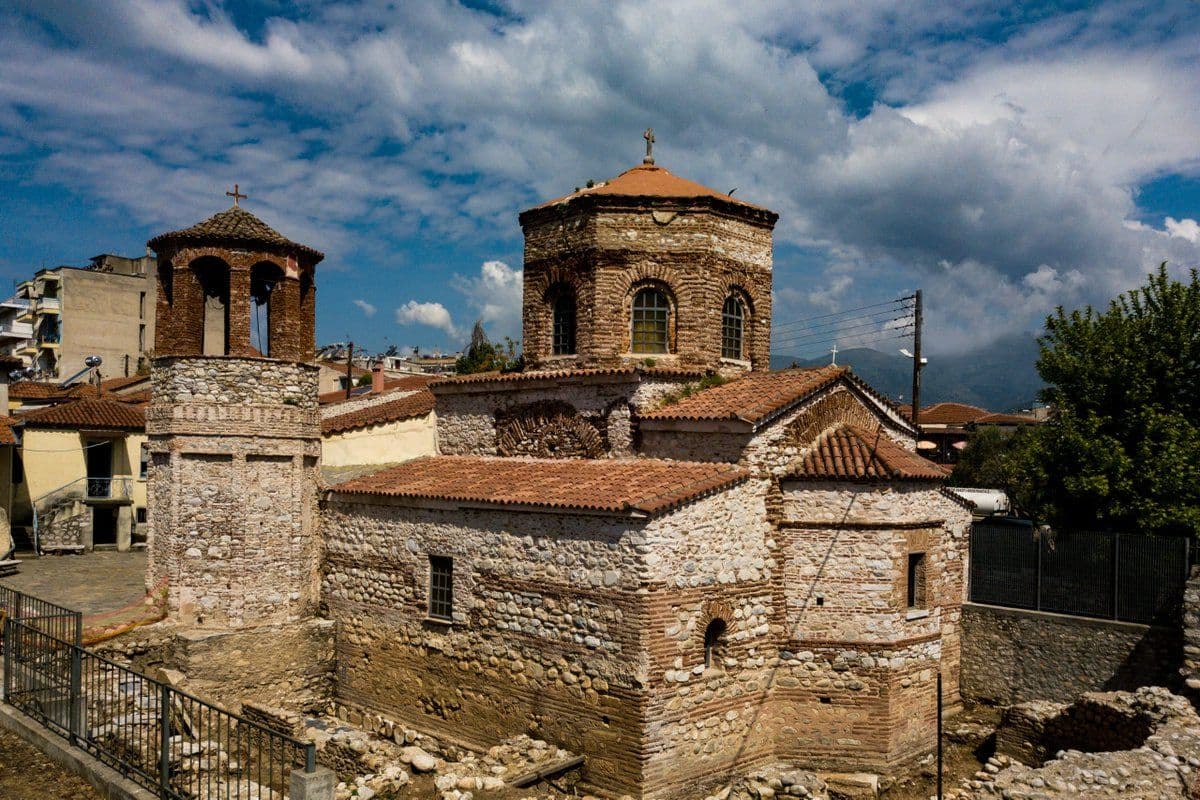
The Church of Hosios David was constructed in the late 5th-century in Thessaloniki, converted into a mosque when the Ottomans invaded the city in the 15th century, and reconsecrated as a Greek Orthodox church in 1921, less than a decade after the city was liberated.
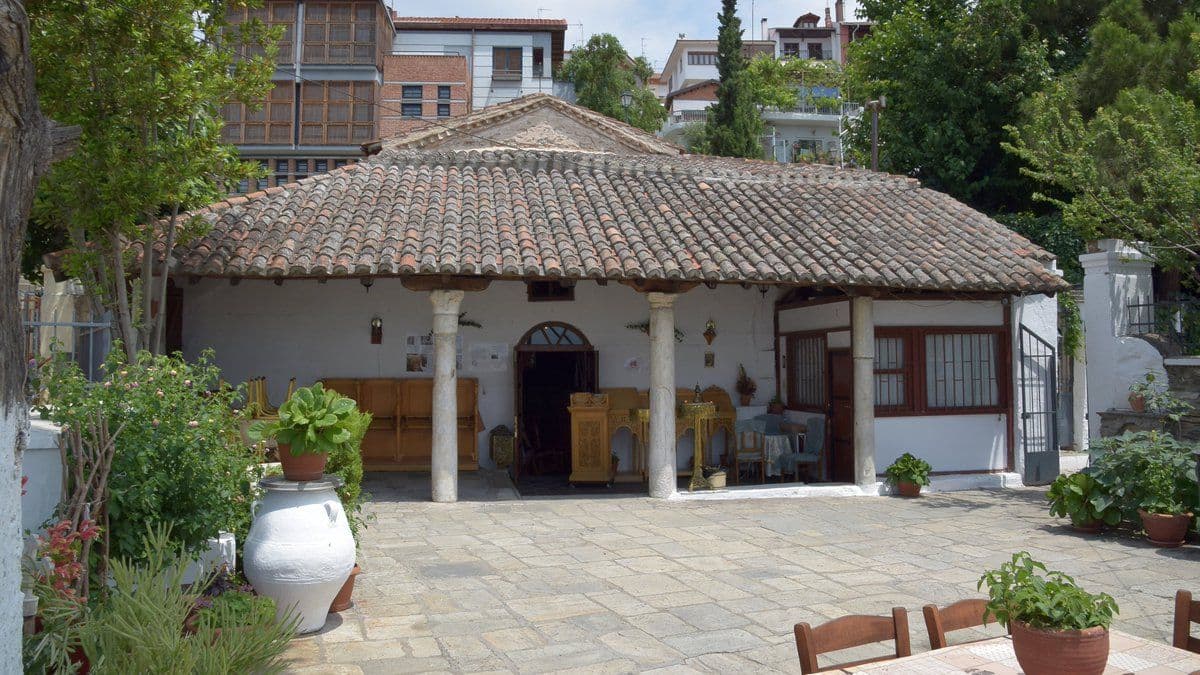
The Church of Saint Panteleimon was built in the 14th century in Thessaloniki, was converted into a mosque ca. 1500 and named after the city’s Ottoman kadı (judge) Ishak Çelebi, and restored as a church when the city was liberated in 1912.
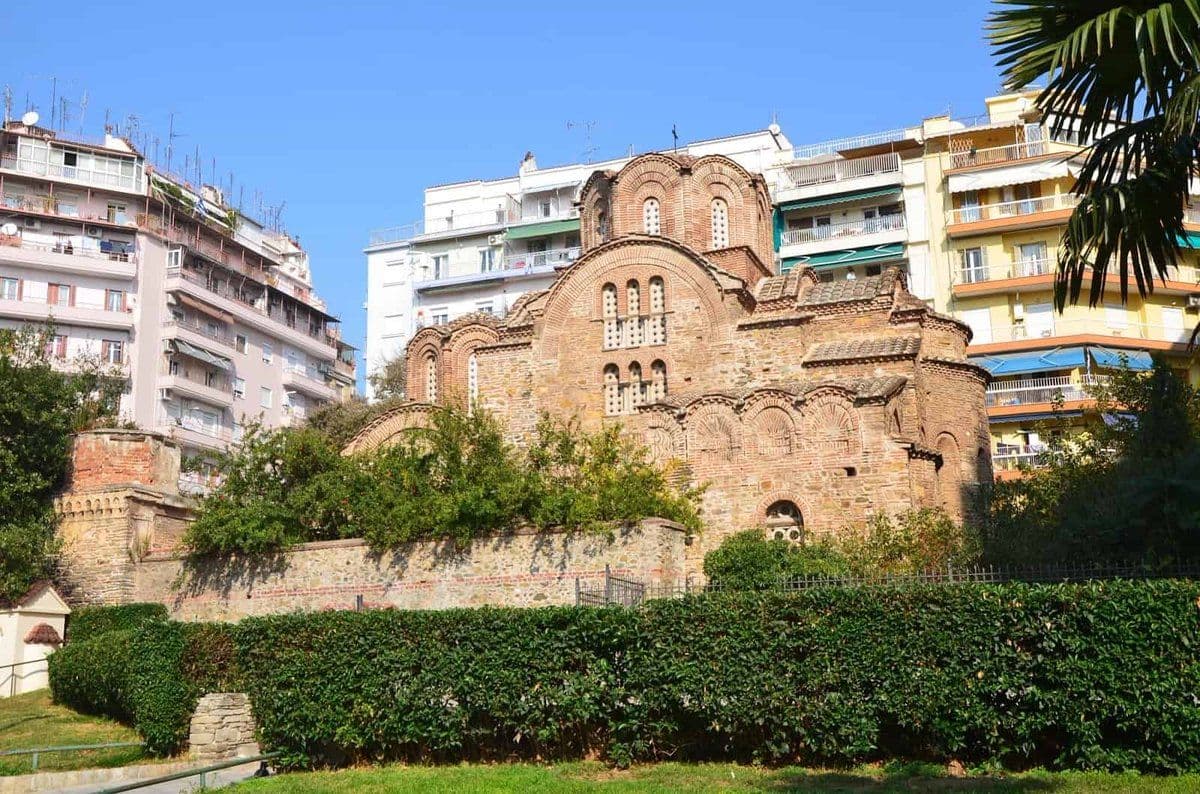
The Greek Parthenon (447 BC) was desecrated & converted into a mosque by Ottoman Turks in 15th century. When Greece gained independence, Greeks destroyed the mosque to restore Parthenon back to its full glory. The Parthenon (447 BC) built on the Acropolis hill is regarded as the finest example of ancient Greek architecture. It was a temple complex with shrines to goddess Athena & associated gods, creatures & heroes. The Parthenon was converted into a Christian church in 6th century CE. In 1456 CE, the Turks invaded Athens & Sultan Mehmed 2 forcibly converted the Parthenon into a Mosque, using parts of the temple itself. Many ancient sculptures of Greek gods were destroyed, Christian icons whitewashed, windows blocked up & watchtower converted into a Minaret. Just like Visheshwar, the mosque was built on top of remains of the temple, as a trophy of Islam’s conquest over Christianity & Pagan gods. The ancient sacred sculptures were smashed to bits & their marble limbs, torsos & heads were burned in a kiln to provide lime for mortar. The ancient Erechtheion north of the Acropolis, which was the shrine for a giant statue of Athena, was converted by the Muslims into a sex harem for Turkish soldiers. The Temple of Athena Nike was dismantled & its blocks used to make structures to store guns & ammunition. In 1687, the Parthenon’s central portion collapsed to rubble when the Turks used it as a gunpowder magazine in their war against the Venetians. On 26 September, a Venetian mortar round, blew up the magazine, & the Parthenon was almost completely destroyed.
Myths to misappropriate history were created by Muslims to justify the mosque, since it was known as the ancient site of Plato’s Academy. He was fictionalized into a Muslim who constructed the Mihrab of the mosque to face Mecca & protected it with the bronze gates of Troy. In 1715, the Turks rebuilt a mosque on top of the remains of the Parthenon again, this time they covered its interior with a typical Islamic dome above an octagonal porch. This is eerily similar to Aurangzeb’s domed desecration of the Hindu Visheshwar Mandir at Kashi. When Greece became independent & regained control of Athens in 1832, it officially declared the Parthenon a protected archaeological site & radical measures were taken to eliminate every trace of the barbarians who had occupied & contaminated the sanctuary for so long. To restore Parthenon back to its original state, changes were implemented so that all traces of medieval Christian buildings & the Islamic mosque & minaret were fully demolished. The only remaining image of the mosque is preserved in Joly de Lotbinière’s photograph, (1842). All signs of Islamic occupation were erased. Excavations were carried out, many priceless buried sculptures of Greek gods & goddesses were unearthed & preserved. Portions of the buildings in the complex were meticulously reconstructed to approximate their original state. Since its renewal as a historical precinct by the Greek government, the Parthenon attracts millions of tourists every year. They travel up the path of the Acropolis, through the restored Propylaea, up the Panathenaic Way to the Parthenon, just as pilgrims did centuries ago. Today, the Parthenon is considered as the pinnacle of architectural achievement in the West. Had the Greek nation not chosen to preserve this temple by reclaiming it from the damage of fanaticism, the world would have forever lost this invaluable testament to world heritage.
